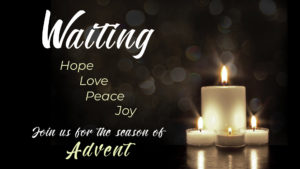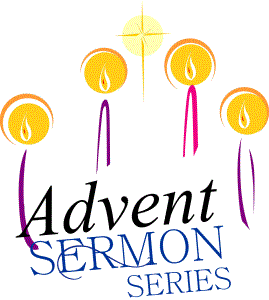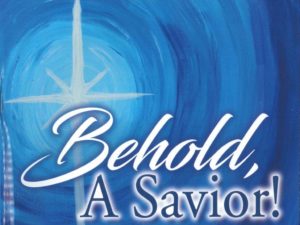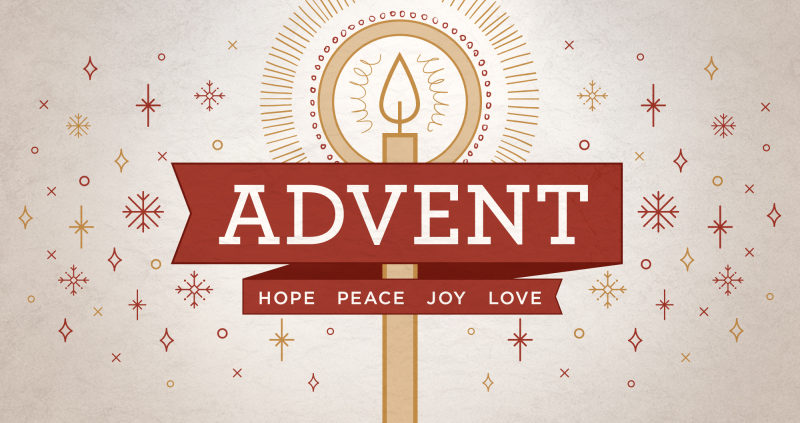The Advent Preaching Opportunity
The Advent Preaching Opportunity
It’s time we turn from considering how to preach in a time of pandemic to other subjects. I grew up in a tradition that didn’t celebrate Advent, and therefore, didn’t recognize the advent preaching opportunity for pastors like me. Since we are in that time period before Christmas, I thought it would be helpful to reflect a little on that subject in a couple of posts.
The Background to Advent
We don’t know exactly when Advent was first celebrated. The first reference to anything like a period of  preparation for Christmas was at the Council of Sargossa. Below is a quote about this Council from a blog by Ryan Reeves, a teacher of Historical Theology at Gordon Conwell Seminary.
preparation for Christmas was at the Council of Sargossa. Below is a quote about this Council from a blog by Ryan Reeves, a teacher of Historical Theology at Gordon Conwell Seminary.
By the fourth century, the first written evidence of Advent is found in modern Spain and Europe (Hispania and Gaul). Probably the earliest official mention of Advent practices comes as the Council of Sargossa (AD 380) met to answer a gnostic-inspired movement called Priscillianism.
The heresy essentially held to a harsh form of dualism—light vs. dark, body vs. soul—so perhaps the celebration of the incarnation made theological sense as a counterbalance to this heresy. The council was not committed to any specific dating of Advent, though, and only suggested people attend church daily between December 17 and 29.
One special thing to notice here is that the Church had not settled on a date for Christmas. By the 4th century, we find references to the birth of Jesus feast, and that it happened in winter. However, many other dates/times are mentioned in writings of the early church fathers. In the late 4th century, the Roman Church settled on December 25. The Eastern Orthodox Church celebrated Christmas on January 6. This is a very simplified explanation of the dating. If you want to know more about how Christmas became December 25, check out this post.
Advent Preaching Possibilities
 It wasn’t until the 5th and 6th centuries that you can find the time before Christmas being recognized as a prime time for reflection. There are even some sermon series from that time to study as well. Preachers began to recognize the advent preaching opportunity for weeks prior to Christmas.
It wasn’t until the 5th and 6th centuries that you can find the time before Christmas being recognized as a prime time for reflection. There are even some sermon series from that time to study as well. Preachers began to recognize the advent preaching opportunity for weeks prior to Christmas.
There were some differences between those early celebrations of Advent and what we do today. The word Advent means “coming”. Today most traditions focus on the time of “waiting” for Jesus to come as a baby. The early church that reflected on Advent focused not just on the coming at Christmas, the birth of Jesus. They spent the first two weeks of Advent focusing on the Second Coming of Christ. That period of waiting emphasized repentance and expectation of Jesus coming to judge and usher in the fullness of his kingdom.
The last two weeks of Advent focused on the birth of Jesus, the marvel of the incarnation.
The Opportunity of Advent Preaching
I preached regularly about advent for 39 years. In my first 4 years and six months of preaching I had two services each Sunday, morning and evening. So during those years I preached approximately 8 messages per year on Advent, and another on Christmas Eve. The last 35 years I preached once per week during Advent, and then another message about the Incarnation on Christmas Eve and/or on Christmas morning. My point: I preached a lot on Advent. As a result, it is not my favorite time of year. I did learn a lot about preaching during this season, however. And I learned a lot about the advent preaching opportunity. You see, more people attend Church during Advent, and especially on Christmas Eve, than any other time of the year. So you have an unusual audience! Take the opportunity!
In the next post I’m going to reflect on some tips for preaching during Advent that will help you take advantage of this period of time. For now, here’s Ryan Reeves sharing the background to Advent in a creative video.



